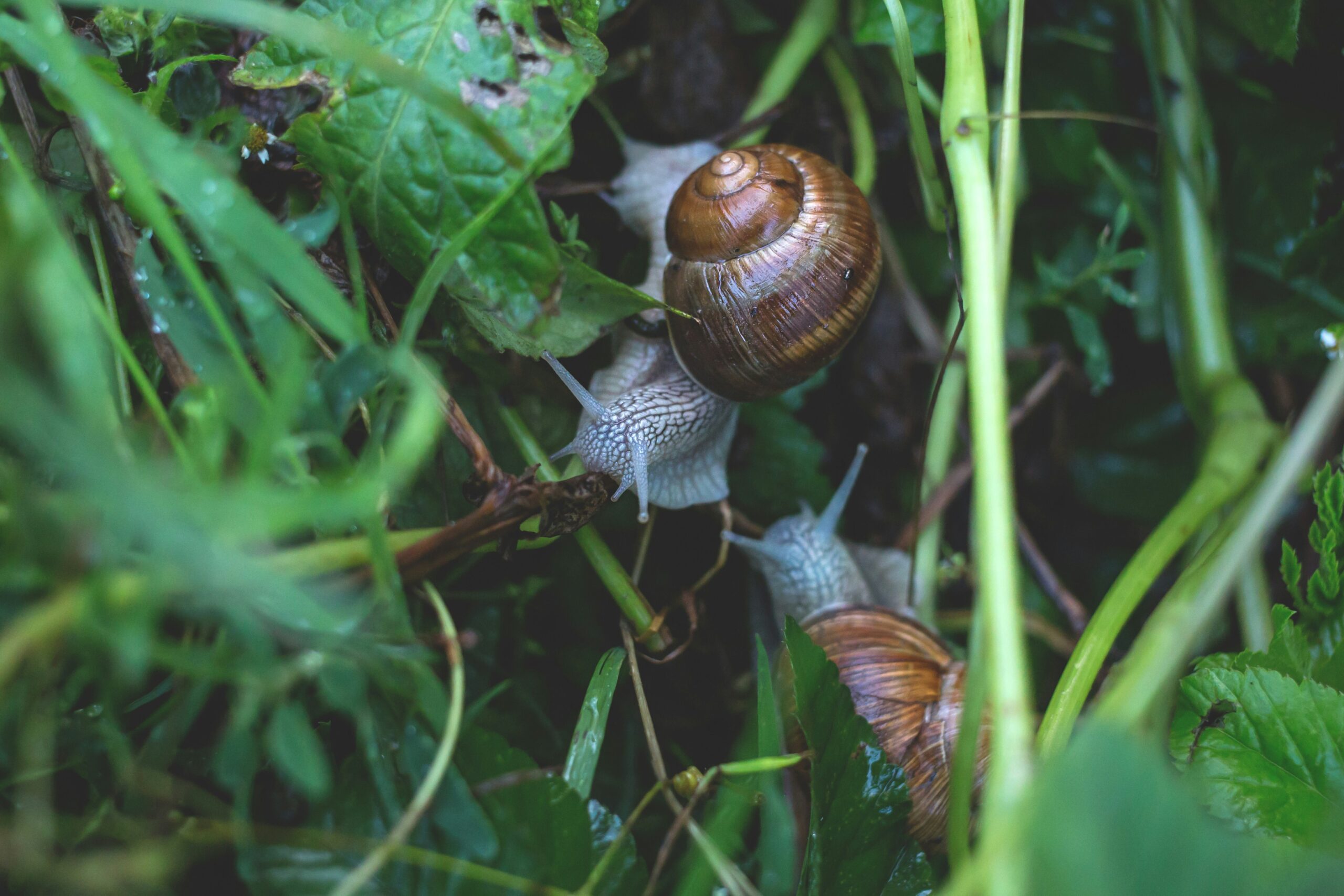Do Assassin Snails Eat Cherry Shrimps?
Assassin snails (Clea helena) are known for their predatory nature and are often kept in aquariums to control populations of unwanted snails. They have a unique ability to detect and track down their prey, making them efficient hunters. On the other hand, shrimp, such as cherry shrimp or amano shrimp, are popular choices for aquariums due to their vibrant colors and peaceful nature.
While assassin snails primarily feed on other snails, they are opportunistic feeders and will consume any small invertebrates they come across, including shrimp. However, it is important to note that not all assassin snails will eat shrimp, and their predatory behavior may vary depending on factors such as tank size, availability of other food sources, and individual snail behavior.
When considering keeping assassin snails and shrimp together, it is crucial to create a suitable environment that caters to the needs of both species. Providing ample hiding places, such as caves or dense vegetation, can help shrimp find refuge from potential predators. Additionally, ensuring a well-balanced diet for both assassin snails and shrimp can reduce the chances of snails preying on shrimp.
It is also worth mentioning that the size of the shrimp plays a significant role in their vulnerability to assassin snails. Larger shrimp species, such as amano shrimp, are less likely to become prey compared to smaller species like cherry shrimp. Therefore, if you are particularly concerned about the safety of your shrimp, opting for larger species might be a more suitable choice.
Observing the behavior of both assassin snails and shrimp in the aquarium can provide valuable insights into their compatibility. If the snails show persistent hunting behavior towards the shrimp, such as stalking or attempting to capture them, it may be necessary to separate the two species to prevent any harm to the shrimp population.
While assassin snails primarily feed on snails, they have the potential to prey on shrimp, especially smaller species. Creating a well-balanced environment with suitable hiding places and a diverse diet can help minimize the risk of snails hunting shrimp. However, careful observation and monitoring are essential to ensure the compatibility and safety of both species in the aquarium.
The Diet of Assassin Snails
Assassin snails, also known as Clea helena, are carnivorous creatures that primarily feed on other snails. They have a unique adaptation that allows them to hunt and consume snails much larger than themselves. Assassin snails use a long proboscis to inject a toxin into their prey, paralyzing them and making it easier to consume.
While snails are their preferred food source, assassin snails are opportunistic feeders and can also consume other small invertebrates such as worms and insect larvae. They have been known to eat small fish fry or eggs if given the chance.
The diet of assassin snails is crucial for their survival and reproduction. In their natural habitat, which includes freshwater rivers, streams, and ponds, snails are abundant and serve as the primary food source for these predatory creatures. The ability of assassin snails to feed on larger snails gives them a competitive advantage, as they can consume a significant amount of flesh from a single prey item.
Assassin snails have a keen sense of smell, which helps them locate their prey. They can detect the presence of snails by sensing the chemical trails they leave behind. Once they locate a potential meal, assassin snails use their proboscis to inject a paralyzing toxin into the snail’s body. This toxin quickly immobilizes the prey, ensuring that it cannot escape from the assassin snail’s grasp.
After injecting the toxin, the assassin snail begins to consume the snail by extending its mouthparts and engulfing the prey. The snail’s flesh is then slowly digested by enzymes secreted by the assassin snail’s digestive system. This process can take several hours, depending on the size of the snail and the amount of flesh consumed.
While snails are the primary food source for assassin snails, they are adaptable predators and can survive on other food options if necessary. In captivity, where snails may not be readily available, assassin snails can be fed commercially available snail pellets or frozen foods such as bloodworms and brine shrimp. However, it is important to note that these alternative food sources may not provide all the necessary nutrients for the long-term health and reproduction of assassin snails.
In conclusion, the diet of assassin snails consists primarily of other snails, which they hunt and consume using their unique proboscis and paralyzing toxin. While they can also feed on other small invertebrates and even fish fry or eggs, snails are their preferred and most nutritionally beneficial food source. Understanding the feeding habits and nutritional needs of assassin snails is essential for their successful care and breeding in captivity.
Assassin Snails and Shrimp
When it comes to shrimp, assassin snails generally do not pose a significant threat. Assassin snails are not typically aggressive towards shrimp and do not actively hunt them. Shrimp are agile and fast-moving, making it difficult for assassin snails to catch them.
However, it’s important to note that there are exceptions to this general rule. In some cases, if the shrimp are particularly small or weak, or if the assassin snail population is large and the shrimp population is small, there is a possibility that assassin snails may prey on shrimp. Additionally, if the shrimp molt and become temporarily immobile, they may be vulnerable to attack by assassin snails.
Another factor that can influence the interaction between assassin snails and shrimp is the availability of food sources. Assassin snails are carnivorous and primarily feed on other snails, so if there is an abundant supply of snails in the aquarium, they are less likely to target shrimp as a food source. However, if snails are scarce, assassin snails may turn to shrimp as an alternative prey.
It’s also important to consider the size and species of both the assassin snails and the shrimp. Assassin snails can vary in size, with some reaching up to an inch in length, while shrimp species can range from tiny dwarf shrimp to larger species like Amano shrimp. If the size difference between the assassin snails and the shrimp is significant, the shrimp may be at a higher risk of being targeted by the snails.
In order to minimize the risk of assassin snails preying on shrimp, it’s recommended to provide ample hiding places and vegetation in the aquarium. This allows the shrimp to take cover and reduces their chances of being detected by the snails. Additionally, regularly monitoring the population dynamics and ensuring a balanced ecosystem can help maintain a harmonious coexistence between assassin snails and shrimp.
Creating a Shrimp-Friendly Environment
If you want to keep shrimp and assassin snails together in the same aquarium, there are steps you can take to ensure a shrimp-friendly environment:
- Adequate Hiding Places: Provide plenty of hiding places for the shrimp, such as plants, rocks, or driftwood. This will give them a safe space to retreat to if they feel threatened.
- Proper Feeding: Make sure the shrimp are well-fed with a balanced diet. This will help keep them healthy and less vulnerable to potential predators.
- Monitor Population Sizes: Keep an eye on the population sizes of both the shrimp and assassin snails. If the snail population starts to outnumber the shrimp, it may be necessary to remove some snails to maintain a balanced ecosystem.
- Regular Tank Maintenance: Maintain good water quality and perform regular tank maintenance to ensure a healthy environment for both the shrimp and assassin snails.
Creating a shrimp-friendly environment is crucial for the well-being and longevity of these delicate creatures. The first step in achieving this is by providing adequate hiding places. Shrimp are naturally shy and vulnerable to predation, so having plenty of hiding spots will give them a sense of security. Plants, rocks, and driftwood are excellent options for creating these hiding places. Shrimp can seek refuge in the dense foliage of plants or find shelter under rocks and driftwood, away from the prying eyes of potential threats.
In addition to providing hiding places, proper feeding is essential for the health of the shrimp. A balanced diet that includes a variety of food sources will ensure that the shrimp receive all the necessary nutrients. This will not only keep them healthy but also make them less susceptible to predators. Well-fed shrimp are more active and better equipped to defend themselves if necessary.
Monitoring the population sizes of both the shrimp and assassin snails is another important aspect of maintaining a shrimp-friendly environment. Assassin snails are natural predators of shrimp and can quickly decimate their population if left unchecked. By keeping a close eye on the snail population and taking action to remove excess snails, you can prevent them from overpowering the shrimp and disrupting the balance of the ecosystem.
Regular tank maintenance is crucial for creating a healthy environment for both the shrimp and assassin snails. This includes maintaining good water quality by regularly testing the water parameters and performing necessary water changes. It also involves cleaning the tank and removing any debris or waste that may accumulate.
By keeping the tank clean and the water quality optimal, you provide a conducive environment for the shrimp to thrive.
Conclusion
Creating a shrimp-friendly environment requires careful consideration of their needs and taking appropriate measures to ensure their well-being. Providing hiding places, proper feeding, monitoring population sizes, and regular tank maintenance are all essential steps in achieving this goal. By following these guidelines, you can create a harmonious and thriving aquarium ecosystem where shrimp and assassin snails can coexist peacefully.

